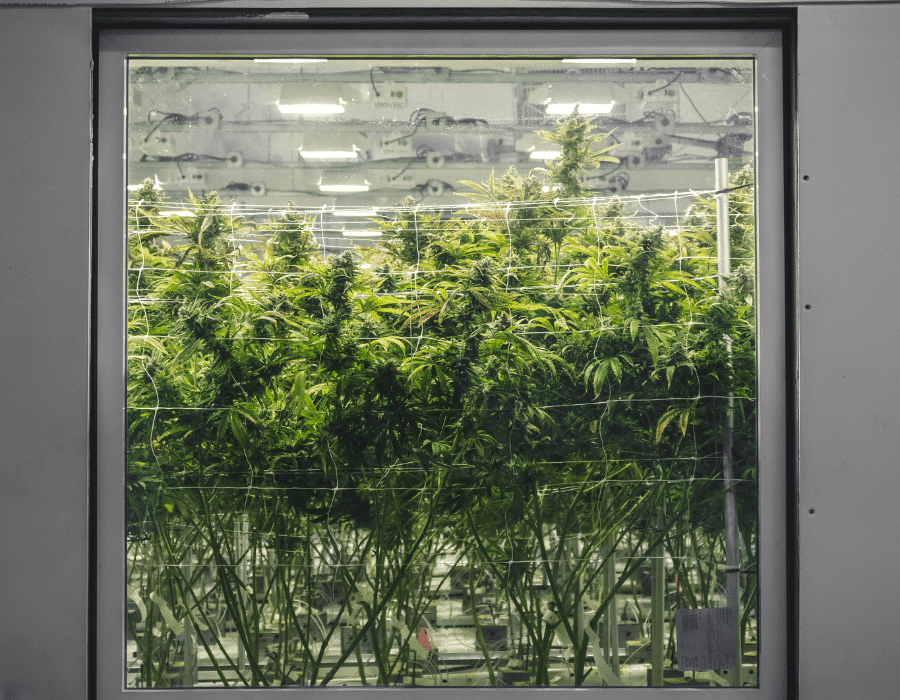Humidity can be one of the most challenging concepts for a beginning cannabis grower to master, as marijuana plants require different humidity levels at each different phase of their growth. While young clones and seedlings prefer an ultra-humid climate, flowering plants and developing buds can be destroyed by the same levels.
Thankfully, there is one piece of equipment that can help a grower regulate humidity levels better than any other: the dehumidifier. Quite literally the opposite of a humidifier, dehumidifiers actually remove water vapour from the air, collecting the excess moisture in a basin which can then be discarded. The ability to remove moisture from the air inside of a grow room puts control over humidity levels and thus plant health back in the hands of the grower.
Humidity Control in Your Grow Room
Humidity levels play a vital role in the health of your plants at every stage of their growth, though humidity requirements for various stages differ drastically. Seedlings and clones prefer a high-humidity environment, such as a humidity dome, while the same conditions in a flowering room will almost certainly lead to bud rot and other diseases.
Though there is no absolute rule regarding humidity in the grow room, there is a general consensus amongst growers that clones and seedlings require the greatest amount of humidity, plants in veg a bit less, and flowering plants the least still. Typically, growers tend to keep their clone rooms between 70-80% humidity, veg rooms between 60-70%, and flower rooms between 40-60%.
Growers will often employ humidifiers during the vegetative stage, particularly in dry, arid climates, as well as when air replacement inside the grow room occurs quickly and pulls the humidified air from the room via fans and ducting. This can be a careful balance to strike, and many growers have opted for automated control panels to maintain proper levels.
Once plants have begun developing and stacking buds, however, too much humidity quickly becomes a problem. Depending on the number of plants and the amount of space, humidity levels can quickly soar. Without proper airflow and circulation, moist air will stick around inside the grow room and spur on the development of mould, powdery mildew, Botrytis, or any other number of diseases. A number of pests appreciate a nice, humid environment as well, such as fungus gnats and whiteflies; proper airflow and replacement, as well as humidity control, are critical in their prevention.
